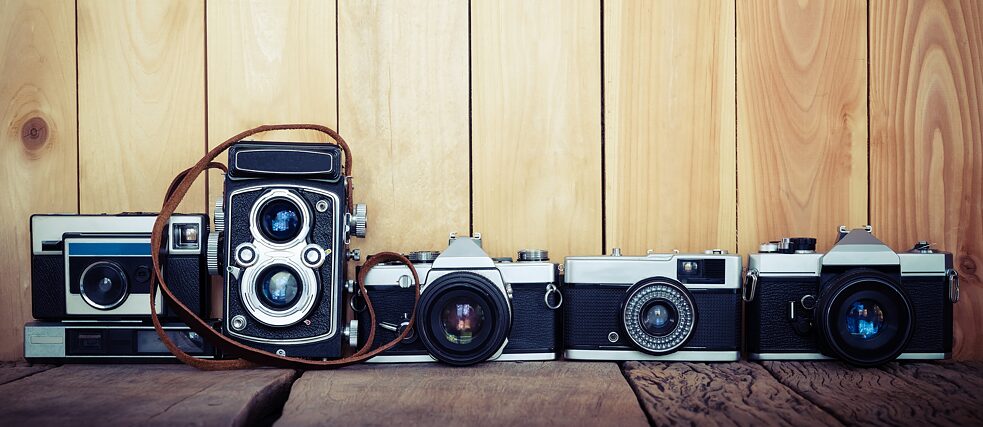Artistic Interventions
Rolf Dieter Brinkmann - Intermedia, Artistic Creation and the Act of Reading
Experimenting with techniques of artistic expressions in the 1960s and 1970s, the oeuvre of German writer Rolf Dieter Brinkmann is based on profound reflections about art and media, and our perception.
By Bettina Wodianka
A German writer who has constantly explored the relationship between art forms and media, related materials, and tools is Rolf Dieter Brinkmann (1940-1975). Moreover, he is still referred to as a historical role model for subversive pop literature by artists, critics, and researchers. Experimenting with new techniques and modes of artistic expressions in the 1960s and 1970s, his oeuvre is based on profound reflections about art and media, radical subjectivism, our perception as well as associated expectations based on our experience, and norms and their roots in art history. His works can be described as analyses of an art form’s material basis and its conditions. He not only denied the classic narrative forms of art and broke with tradition, which he considered to be outdated, but he explored curiously the possibilities of the material and mediality in order to expand the form and the mediation of content for an audience. By denying usual methods of producing meanings in his poems and rearranging aesthetic forms of mediation, he intended to achieve what he called “a bit of liberated reality.”
A central source of inspiration and an important point of reference for Rolf Dieter Brinkmann, especially regarding new techniques of writing, was the New York School of Poets. Publishing translations of new American poetry in the anthologies Silver Screen and ACID, he was also a seminal figure of the new literary scene in West Germany. His fascination with and his euphoric approach to American pop culture is present in his very own style of writing, be it in his poems or in his poetological essays.
Brinkmann’s exploration itself is part of his aesthetic forms, and can, therefore, be experienced by reading his poems, exploring his collages, watching his super-8 films, listening to his recordings. One aspect can be found in all of his works: constantly referring to each other, the levels of the presentation and the presented are highly intertwined. Relations between text and image are of constant importance in his work. I am illustrating this by introducing one of his shortest poems:
| Photographie Mitten auf der Straße die Frau in dem blauen Mantel. |
Photography In the middle of the road the woman in the blue coat. |
At first glance, the poem seems simple, but in fact, it is already quite complex in its references. The poem can be described as an attempt to create photography through the poetic sign system, verbal language. Brinkmann imitates the mechanical character of the camera: capturing a moment without interpreting it and without bridging the distance to the subject depicted. Photography is an excerpt of reality, used as source of evidence. By referring to this medium (through the title and the mechanical character of the reduced language), Brinkmann creates an image and evokes the reflections in the act of reading on the involved sign systems and the differences in their aesthetics. The poem is an example of his attempt to transfer the technical opportunity of the camera into a literary context and to guide our perception in this direction.
